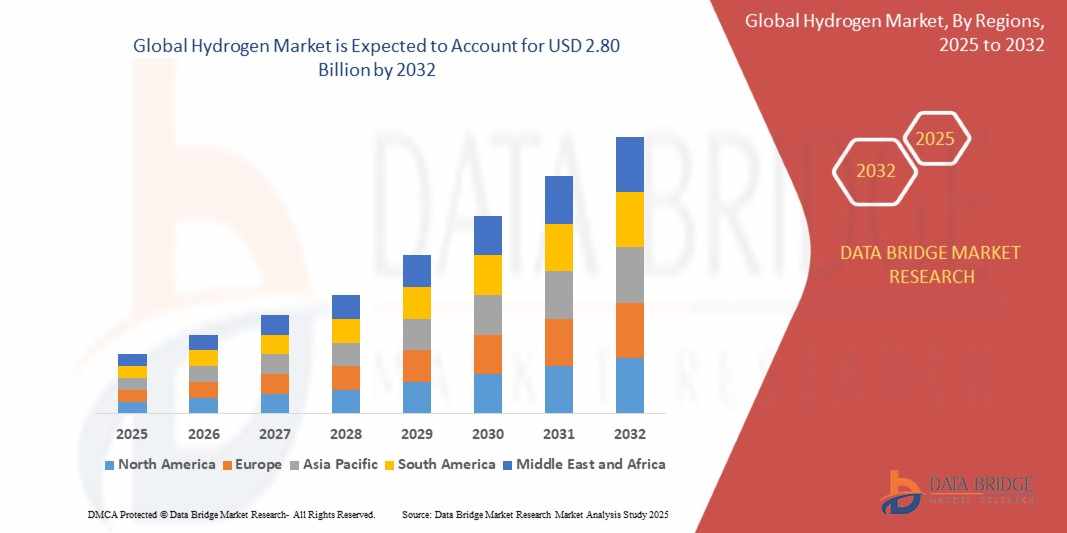
The global hydrogen market is undergoing a transformative shift, fueled by urgent decarbonization needs, expanding renewable energy integration, and rising investments in clean fuel technologies. Hydrogen, once a niche industrial gas, is now gaining prominence as a cornerstone of the future low-carbon economy.
Its versatility as an energy carrier, industrial input, and transportation fuel is being recognized across continents, and countries are accelerating national strategies to build sustainable hydrogen infrastructure.
Full Details Report: https://www.databridgemarketresearch.com/reports/global-hydrogen-market
Hydrogen is the lightest and most abundant element in the universe. Traditionally used in oil refining, ammonia production, and chemical manufacturing, hydrogen has now found renewed importance in clean energy transition scenarios. Green hydrogen, produced through electrolysis using renewable electricity, is at the forefront of global interest. Governments and private players are joining forces to create viable hydrogen ecosystems to meet net-zero emission goals by 2050.
Technological advancement, regulatory support, and the urgent shift away from fossil fuels are shaping the trends that define the global hydrogen market. Among the most significant trends is the surge in green hydrogen projects. Nations such as Germany, Japan, Australia, and Saudi Arabia have launched ambitious hydrogen roadmaps, investing in infrastructure, electrolyzer production, and international hydrogen supply chains. Green hydrogen is projected to account for a substantial portion of the hydrogen mix by 2030, thanks to falling renewable energy costs and improved electrolysis technology.
Blue hydrogen, which is derived from natural gas with carbon capture and storage (CCS), is also gaining attention as a transitional solution. It provides a bridge between traditional hydrogen production and a zero-carbon hydrogen economy. Innovations in hydrogen storage, liquefaction, and transport are enabling long-distance hydrogen trade, opening new avenues for international collaboration.
Hydrogen fuel cell vehicles are another fast-emerging segment. Although battery electric vehicles dominate the passenger car market, hydrogen is finding strong application in heavy-duty trucks, buses, trains, and maritime transport. South Korea and China lead in hydrogen-powered vehicle deployment, while Europe and the U.S. are boosting investments in hydrogen refueling infrastructure to support public and commercial fleets.
Latest Trending Reports:
Global Human Milk Oligosaccharides (HMOs) in Infant Formula Market
Global Service Lifescale Management Market
Global Paper Pallets Market
Global Cross Platform Mobile Advertising Market
North America Pharmaceuticals Packaging Testing Equipment Market
Hydrogen’s role in industrial decarbonization is expanding. Steelmaking, cement production, and chemical industries are exploring hydrogen as a cleaner alternative to fossil fuels. Projects such as HYBRIT in Sweden, which aims to produce fossil-free steel using hydrogen, exemplify this transformation. Hydrogen can replace coke in blast furnaces, reduce carbon emissions in ammonia production, and support combined heat and power systems in industrial zones.
According to recent industry reports, the global hydrogen market was valued at over USD 160 billion in 2024 and is expected to surpass USD 260 billion by 2030. The market is anticipated to grow at a compound annual growth rate (CAGR) exceeding 8% during the forecast period. This growth is propelled by expanding applications in energy, industry, and mobility, alongside increasing public and private investment flows.
Asia Pacific is the dominant regional market, driven by strong industrial demand and government policies in China, Japan, and South Korea. Europe follows closely, with the European Union’s Hydrogen Strategy and REPowerEU initiatives promoting hydrogen adoption across member states. North America is witnessing increasing hydrogen deployment in California, Texas, and Canada’s Alberta province, supported by tax credits and infrastructure funding.
In terms of market share, gray hydrogen—produced from natural gas without carbon capture—currently holds the largest portion. However, its dominance is expected to decline as green and blue hydrogen production scales up. Green hydrogen’s share is projected to grow rapidly as electrolyzer capacity surges and power grids integrate more solar and wind energy.
The growth of the hydrogen market is supported by rising demand across multiple verticals. In power generation, hydrogen is used for energy storage, peak shaving, and grid stabilization, especially when paired with intermittent renewables. In buildings, hydrogen can supply heat through hydrogen-ready boilers and blended gas systems. The growing demand for sustainable aviation fuel is also spurring research into hydrogen-powered aircraft and synthetic fuels.
Government policies, incentives, and international collaboration are essential for market acceleration. Hydrogen subsidies, mandates for blending hydrogen with natural gas, carbon pricing, and renewable energy targets are creating favorable regulatory environments. Countries are signing hydrogen trade agreements and exploring cross-border pipelines and shipping routes to enable global hydrogen flows.
Private investment and partnerships are also increasing. Energy majors such as Shell, BP, TotalEnergies, and Equinor are developing large-scale hydrogen hubs. Technology companies and startups are innovating in electrolyzers, storage tanks, and fuel cell systems. Financial institutions are backing green hydrogen projects, viewing them as essential components of sustainable investment portfolios.
Looking forward, the future of the hydrogen market lies in scaling up infrastructure, reducing costs, and fostering global cooperation. Standardization of hydrogen technologies, safety protocols, and certifications will be critical for international trade. Public-private partnerships will drive innovation and deployment, while digital technologies such as AI and IoT will optimize hydrogen production, distribution, and consumption.
The emergence of hydrogen valleys—regions that integrate hydrogen production, distribution, and end-use across sectors—is a promising development. These ecosystems showcase the circular hydrogen economy in action, combining industrial applications, mobility, and grid services within a localized network. Countries are competing to develop hydrogen valleys as models of regional hydrogen deployment and innovation.
Despite the promising outlook, several challenges remain. High capital costs, limited infrastructure, and the need for skilled labor are barriers to mass adoption. Coordinated efforts in research, policy design, and stakeholder engagement are required to overcome these hurdles. The success of the hydrogen market will depend on sustained policy support, cross-sector collaboration, and a clear long-term vision.
In conclusion, the global hydrogen market is on the cusp of exponential growth. As nations race to meet climate targets, hydrogen has emerged as a key solution for deep decarbonization and sustainable energy transformation.
About Data Bridge Market Research:
An absolute way to forecast what the future holds is to comprehend the trend today!
Data Bridge Market Research set forth itself as an unconventional and neoteric market research and consulting firm with an unparalleled level of resilience and integrated approaches. We are determined to unearth the best market opportunities and foster efficient information for your business to thrive in the market. Data Bridge endeavors to provide appropriate solutions to the complex business challenges and initiates an effortless decision-making process. Data Bridge is an aftermath of sheer wisdom and experience which was formulated and framed in the year 2015 in Pune.
Contact Us:
Data Bridge Market Research
US: +1 614 591 3140
UK: +44 845 154 9652
APAC : +653 1251 975
Email:- corporatesales@databridgemarketresearch.com

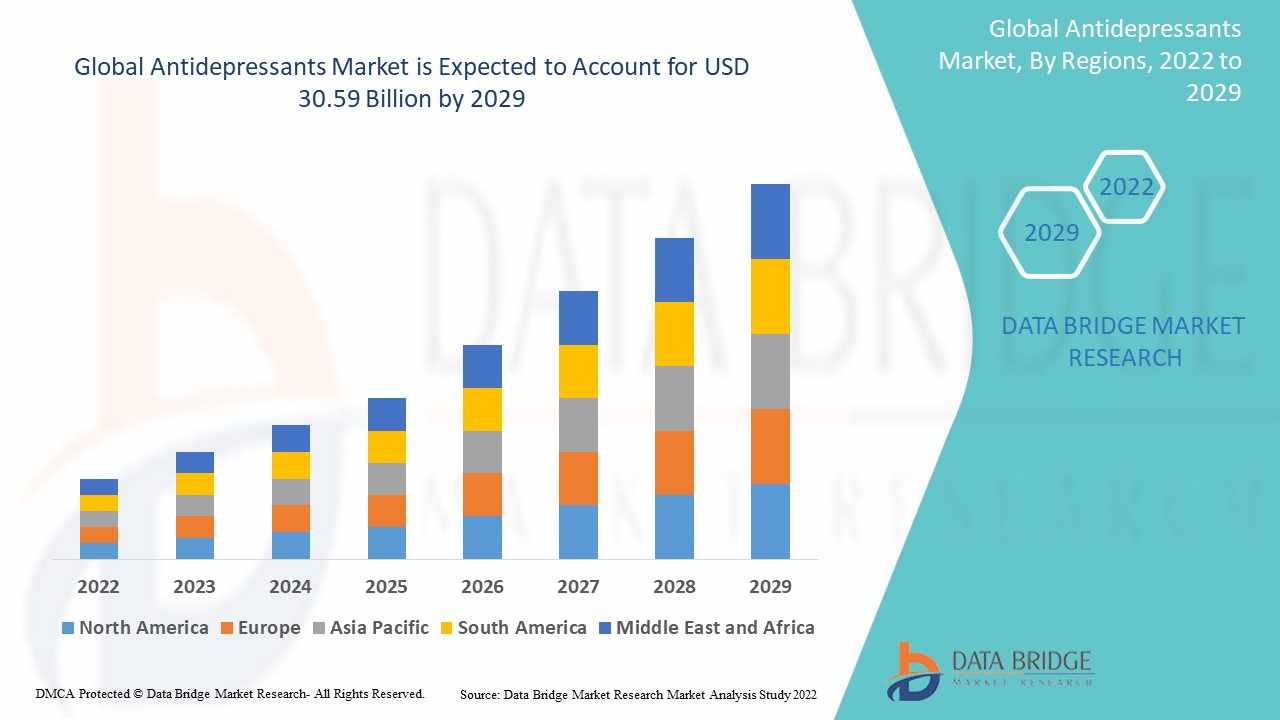
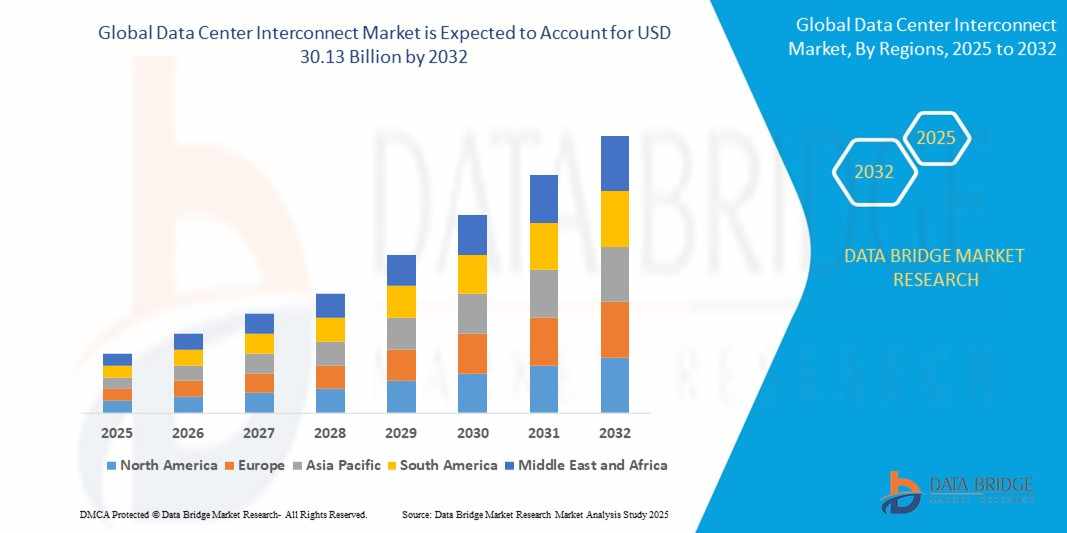
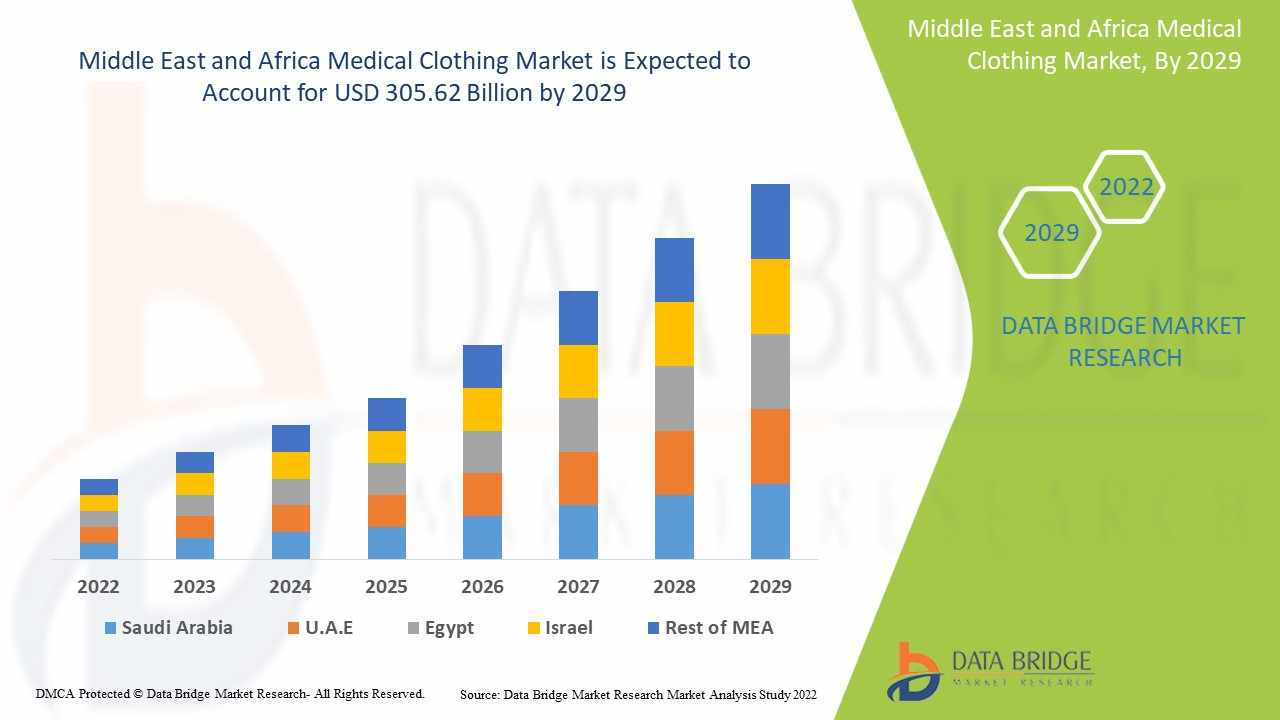
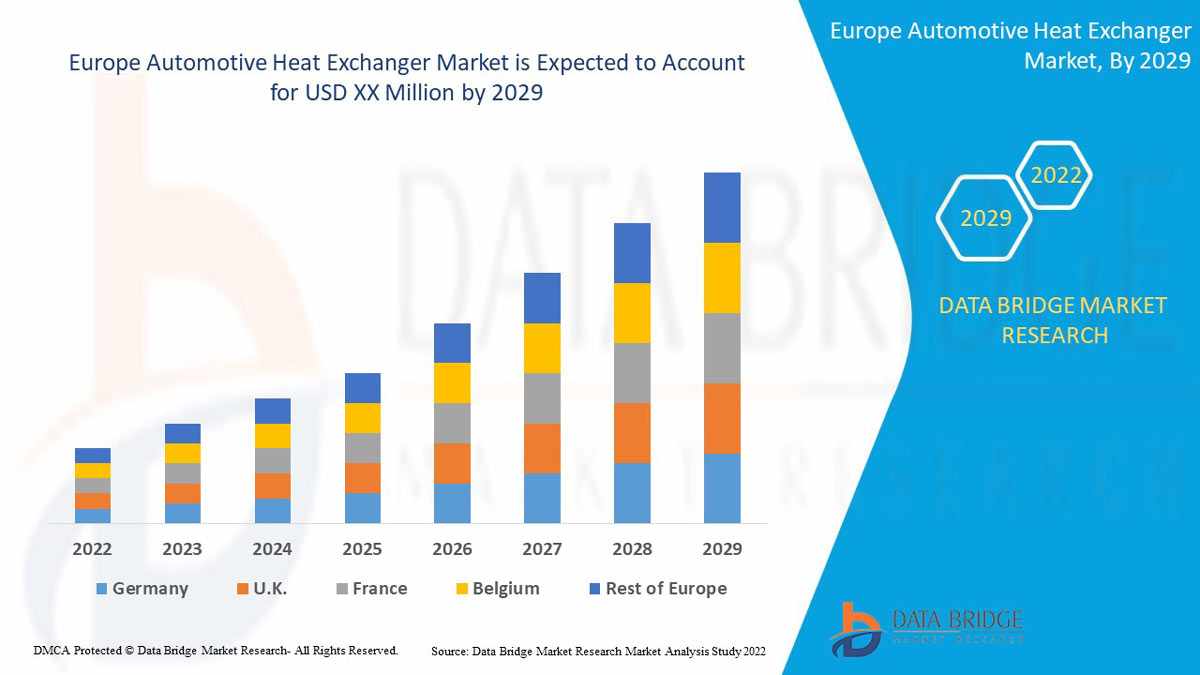
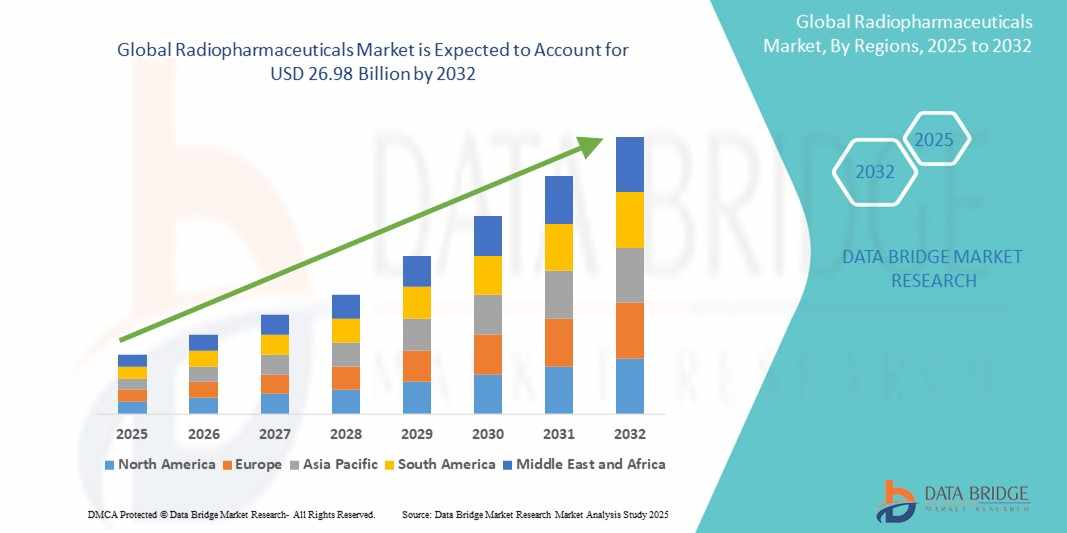
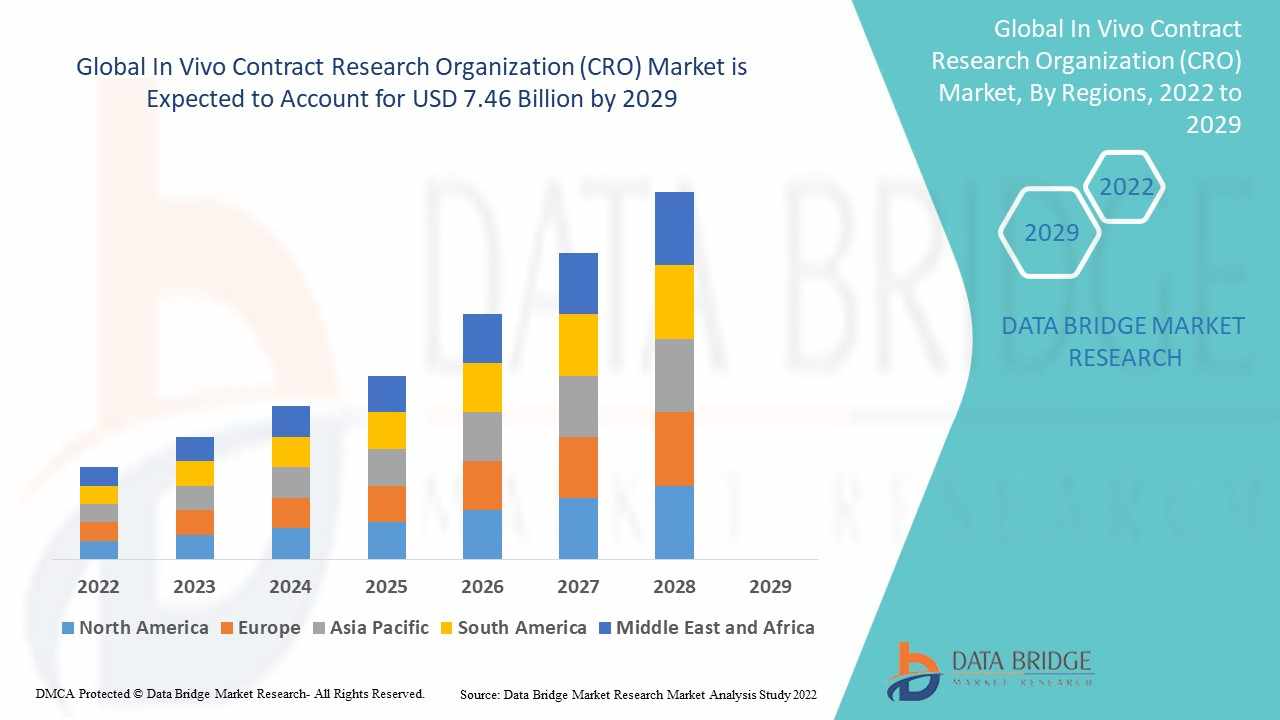



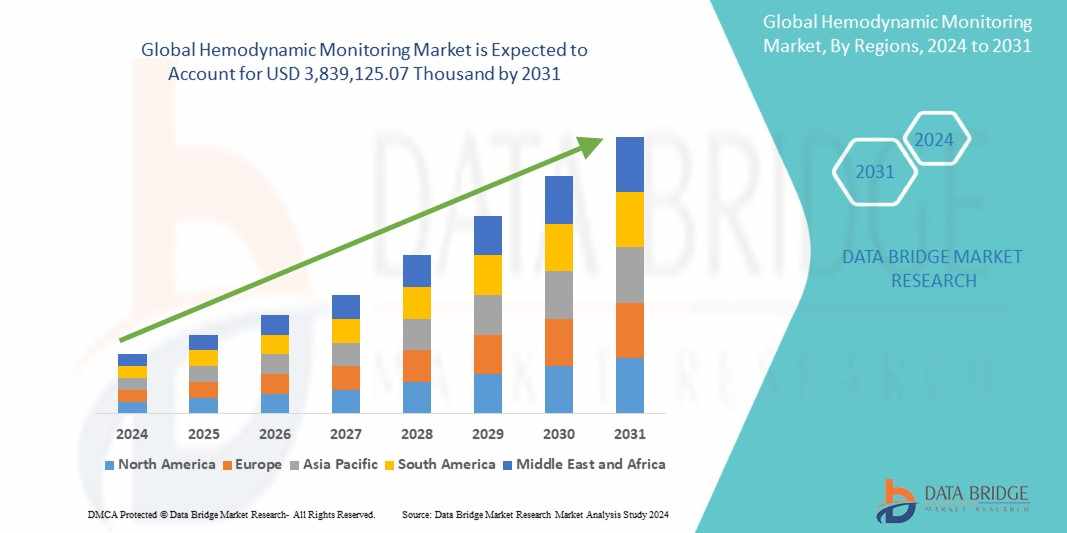









Write a comment ...